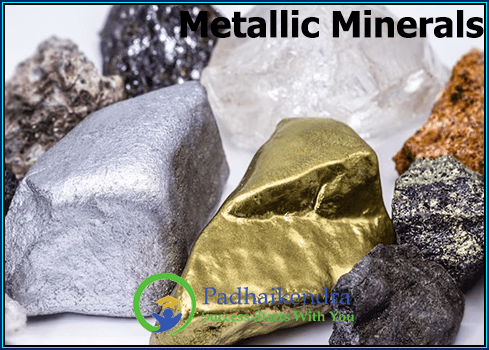Metallic minerals are minerals that contain metallic elements. These elements have a metallic luster and are generally good conductors of heat and electricity. Some common examples of metallic minerals include gold, silver, copper, iron, nickel, lead, zinc, and platinum.
These minerals are typically found in ore deposits, which are concentrations of minerals that can be economically extracted. Metallic minerals are important resources for a variety of industries, including construction, electronics, transportation, and manufacturing.
Mining is the primary method for extracting metallic minerals from the Earth’s crust. However, mining can have significant environmental impacts, including habitat destruction, soil erosion, water pollution, and the release of greenhouse gases.
To minimize the environmental impact of mining, mining companies often implement a variety of mitigation measures, such as reclamation and remediation programs, to restore disturbed areas and protect sensitive habitats. Additionally, mining companies may use technologies such as automation, renewable energy, and water conservation measures to reduce their environmental footprint.





